Learning Objectives:
Explain the significance of incorporating the four values and twelve principles into Agile projects and be familiar with the background of the Agile Manifesto. Describe the components that make up Agile's home.
Topics Covered:
- Background to Agile
- A Day in the Life of a Project Manager
- The need for change
- Traditional Projects vs Agile Projects
- Benefits of Agile Methodology
Analyse Agile’s foundational concepts, focusing on their application in software development. Explore the history of the Agile manifesto and explain its principles, focusing on customer satisfaction, collaboration, and adaptability.
Topics Covered:
Basics of Agile
Agile Software Development – Part 1
Agile Software Development – Part 2
History: The Agile Manifesto
The Agile Values – Part 1
The Agile Values – Part 2
The Agile Principles - Ensuring customer satisfaction through frequent delivery
The Agile Principles - Encouraging collaboration and accommodating ever-changing requirements
The Agile Principles - Authorizing your team for enhanced responsibility.
Learning Objectives:
Learn why discussions matter more than assignments. Explore methods to prioritize user stories, understand business value, and define key product terms. Master writing effective user stories and their maturity stages.
Topics Covered:
- Business inputs
- Business 'value' in Agile
- Stakeholder's Value in Agile
- What’s so great about User stories
- Measuring value
- 3 Cs of a User story
- Investing in User stories
- Prioritizing User stories
- User story maturity
- Minimum viable product and minimum marketable feature
Learning Objectives:
Explore the various Agile variants, including Scrum, Kanban, XP, Lean, and FDD, at a high level. Explain the usage patterns of These variants.
Topics Covered:
- Agile Variants
- Scrum
- Kanban
- Learn
- Scrum-ban
- Extreme Programming
- Agile Project Management Framework
- Feature Driven Development (FDD)
- Usage of Agile Methodologies
Learning Objectives:
Explain APM as a 5-stage process for Agile software development. Gain an understanding of the needs, deliverables, and activities involved in the Envision/Speculate/Explore/Adapt/Close phases of an Agile project.
Topics Covered:
- Agile project methodology
- What are you building?
- How are you building the product?
- Agile project management (APM)
- APM Framework: Envision
- APM Framework: Speculate
- APM Framework: Explore
- APM Framework: Adapt
- APM Framework: Close
Learning Objectives:
Discover the Scrum Guide, a cornerstone in understanding the most popular Agile framework, Scrum. This guide plays a significant role in the framework's popularity.
Topics Covered:
- The Scrum Guide
- Popularity of Scrum
Learning Objectives:
Understand the Scrum framework for Agile project management. The Product Owner, Development Team, and Scrum Master collaborate in events like sprints and daily scrums using artefacts like product backlog to create a potentially shippable product at the end of each sprint. Other stakeholders include users and customers.
Topics Covered:
- Scrum building blocks
- Introduction to Scrum
- Scrum at a glance
- Scrum role: The Product Owner
- Scrum role: The Development Team
- Scrum role: The Scrum Master
- Scrum: Other Stakeholders
- Scrum: The Project Manager
- Scrum: The Agile Coach
- Scrum Artifacts: Product Backlog
- Scrum Artifacts: Sprint Backlog
- Scrum Artifacts: Product Increment
- Artifact Transparency
- Scrum Events: Sprint
- Scrum Events: Sprint Planning Meeting
- Sprint Goal
- Scrum Events: The Daily Scrum
- Scrum Events: Sprint Review Meeting
- Scrum Events: Sprint Retrospective Meeting
Learning Objectives:
Explain why estimations are required in a project. Understand the different formats of estimation in Agile and explain the details of playing Planning Poker. List the types of agile estimates.
Topics Covered:
- Agile estimation
- Customers and developers like certainty and confidence
- What is an estimate?
- The make-up of an estimate
- Popular Agile estimation techniques
- Promises delivered by 'Agile estimation'
- Few more promises delivered by 'Agile estimation'
- Agile estimation practices: relative mass valuation
- Agile estimation practices: T-shirt sizing
- Agile estimation practices: ideal days
- Agile estimation practices: story points
- The significance of user story points estimation
- How to assign user story points: planning poker
- Planning Pokers: Examples of consensus
- Types of Agile Estimates
- Estimation before planning
Learning Objectives:
Explain the different levels of Agile Planning and their purpose. Explain the need, scope, deliverables, and timing of product planning/ release planning/sprint planning.
Topics Covered:
- Breaking the myth
- Product Planning
- Release Planning
- Iteration Planning
Learning Objectives:
Explain why we have info radiators in Agile. Learn how to interpret a burn-down chart, a burn-up chart and a Cumulative Flow Diagram (CFD).
Topics Covered:
- Information Radiators
- Burn-down chart
- Burn-up chart
- CFD
Learning Objectives:
Explain the need for Agile metrics, and describe details of a few Agile tools.
Topics Covered:
- Agile Metrics
- Agile Tools
Learning Objectives:
Explain the application of Agile at the enterprise level and learn the high-level details of SAFe®, DAD, and LeSS.
Topics Covered:
- Why we need to scale Agile
- Agile @ Scale flavours
- SAFe®
- DAD
- LeSS
Learning Objectives:
Explain the available certifications in Agile and understand the basics of Enterprise Agile.
Topics Covered:
- Agile certifications
- Enterprise Agile





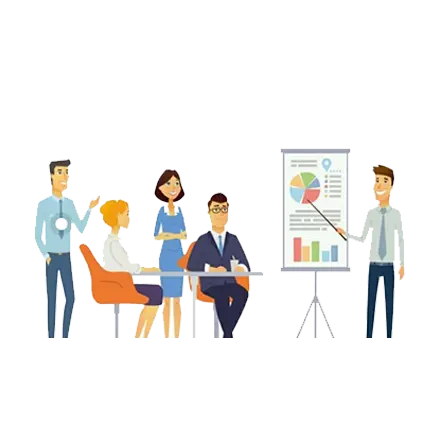



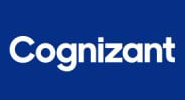
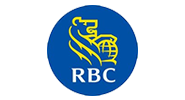
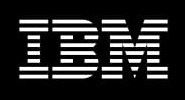
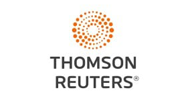
_1626207511_1626706907_1632638089.png)
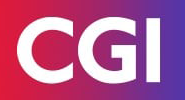

















_1627333619.jpg)












































